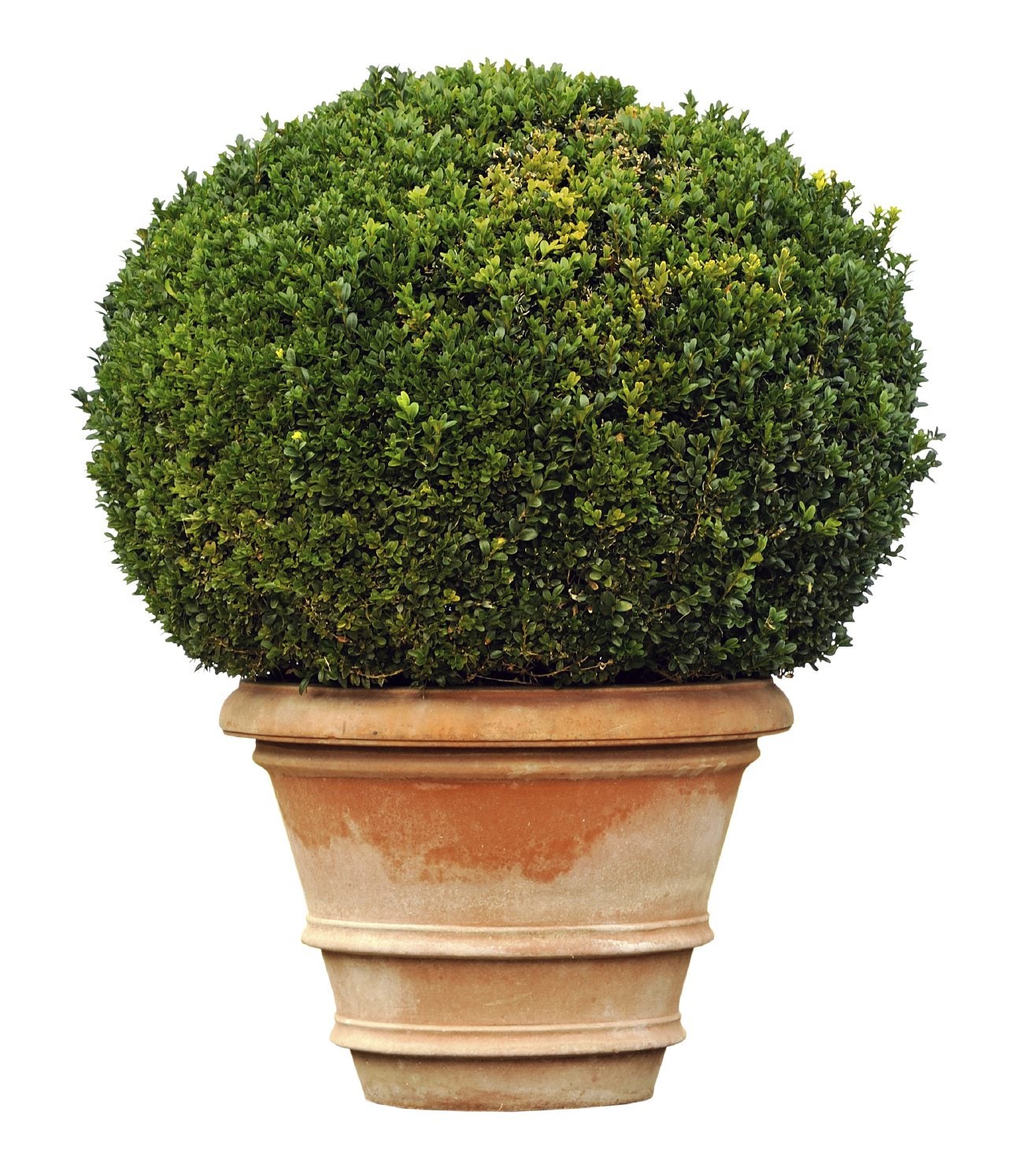Care For Container Grown Boxwood Shrubs – How To Plant Boxwoods In Containers
Boxwoods in pots are the perfect accent in your yard or garden and look great all year. Learn how to care for them.


Amy Draiss
Can Boxwoods Be Planted In Pots: Tips On Growing Boxwood Shrubs In Containers
Can boxwoods be planted in pots? Absolutely! They’re the perfect container plant. Needing hardly any maintenance, growing very slowly, and looking green and healthy all through winter, boxwood shrubs in containers are great for keeping some color around your house during the cold, bleak months. Keep reading to learn about care for boxwood in pots and how to plant boxwoods in containers.
How to Plant Boxwoods in Containers
Plant your boxwood shrubs in containers that are fast draining and big. You want your pot to be as wide as the plant is tall, and even wider if you can manage it. Boxwoods have wide-reaching, shallow roots.
Also, any plant that stays outside through the winter winds is going to fare better if it’s closer to the ground. Plant your boxwood in fertile potting mix and water it thoroughly. Plant in the spring if you can, to give it as much time as possible to establish itself before the temperatures drop.
Care for Container Grown Boxwood Shrubs
Care for boxwood in pots is very low-maintenance. When your container grown boxwood shrubs are still young, water them frequently to keep the soil from drying out. Established plants need less water - about once a week in the spring and summer, and less often in the winter. If the weather’s especially hot or dry, water them more.
Boxwood needs very little fertilization, and a feeding once or twice a year should be enough.
Boxwood does very well in cold weather, but since all that’s keeping the cold out is a thin plastic or clay wall, boxwood shrubs in containers are a little more at risk in the winter. Mulch with wood chips or leaves, and wrap young plants in burlap. Don’t let snow accumulate on top, and try to avoid placing them under the eaves of buildings where snow will fall down frequently.
With a little care and pruning, boxwood will usually come back from winter damage, but it may look a little weird for a season or two. If you’re using container grown boxwood shrubs as a border or in a tight arrangement, it’s a good idea to grow a couple extra that can be switched in if one gets unsightly.
Sign up for the Gardening Know How newsletter today and receive a free copy of our e-book "How to Grow Delicious Tomatoes".

The only child of a horticulturist and an English teacher, Liz Baessler was destined to become a gardening editor. She has been with Gardening Know how since 2015, and a Senior Editor since 2020. She holds a BA in English from Brandeis University and an MA in English from the University of Geneva, Switzerland. After years of gardening in containers and community garden plots, she finally has a backyard of her own, which she is systematically filling with vegetables and flowers.
- Amy DraissDigital Community Manager